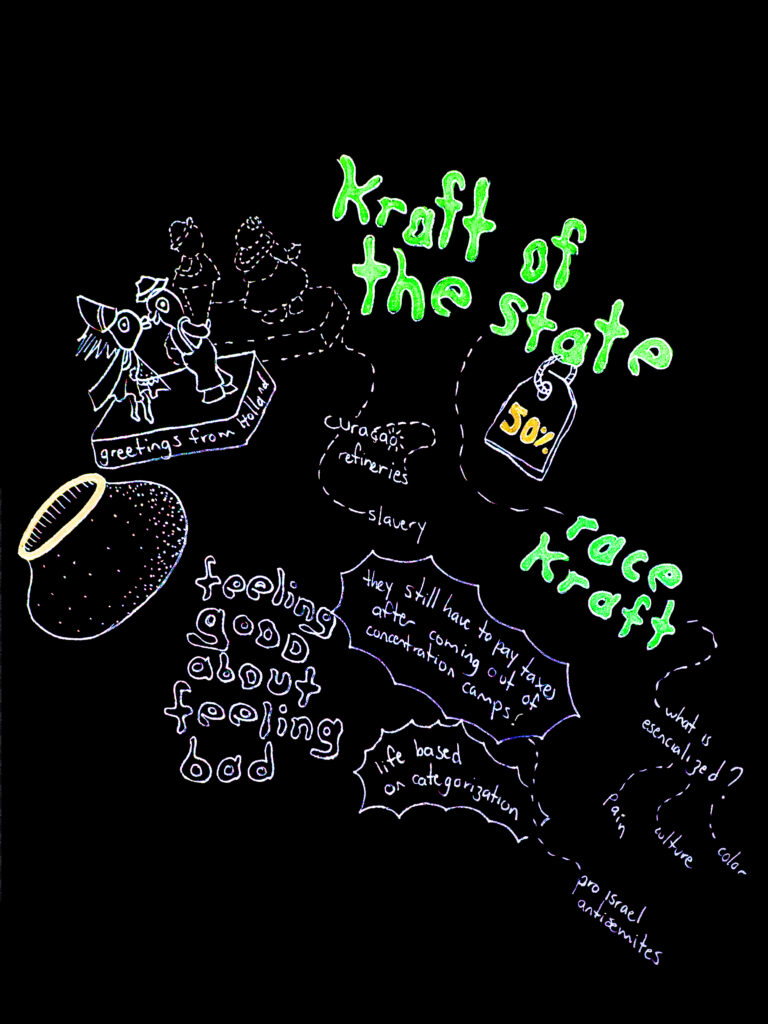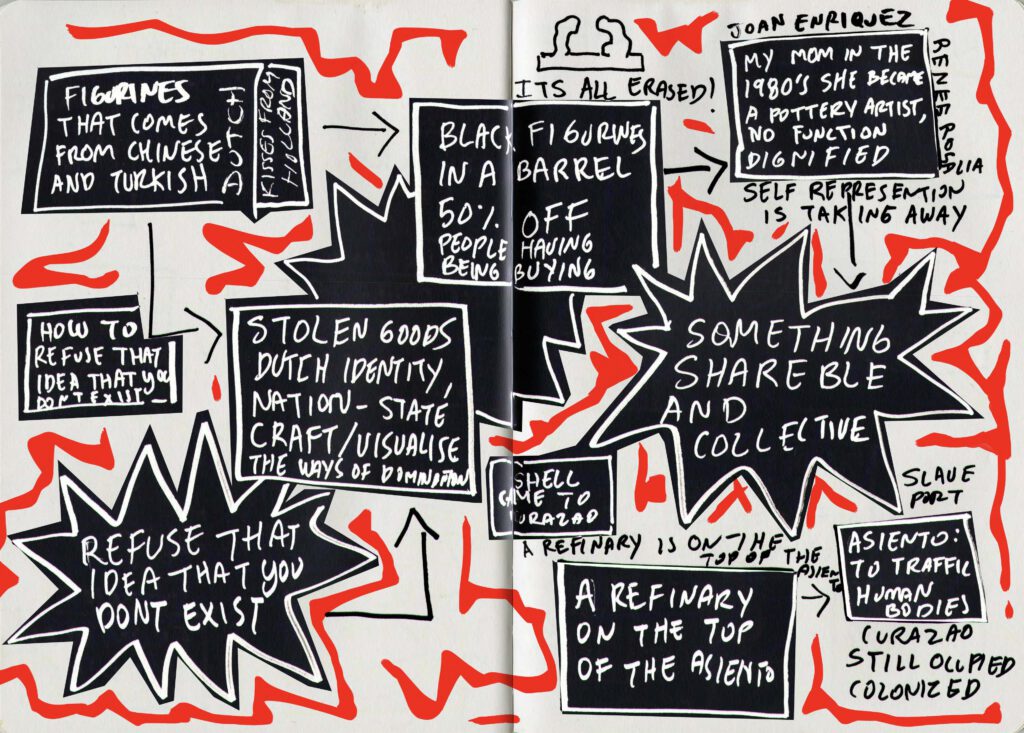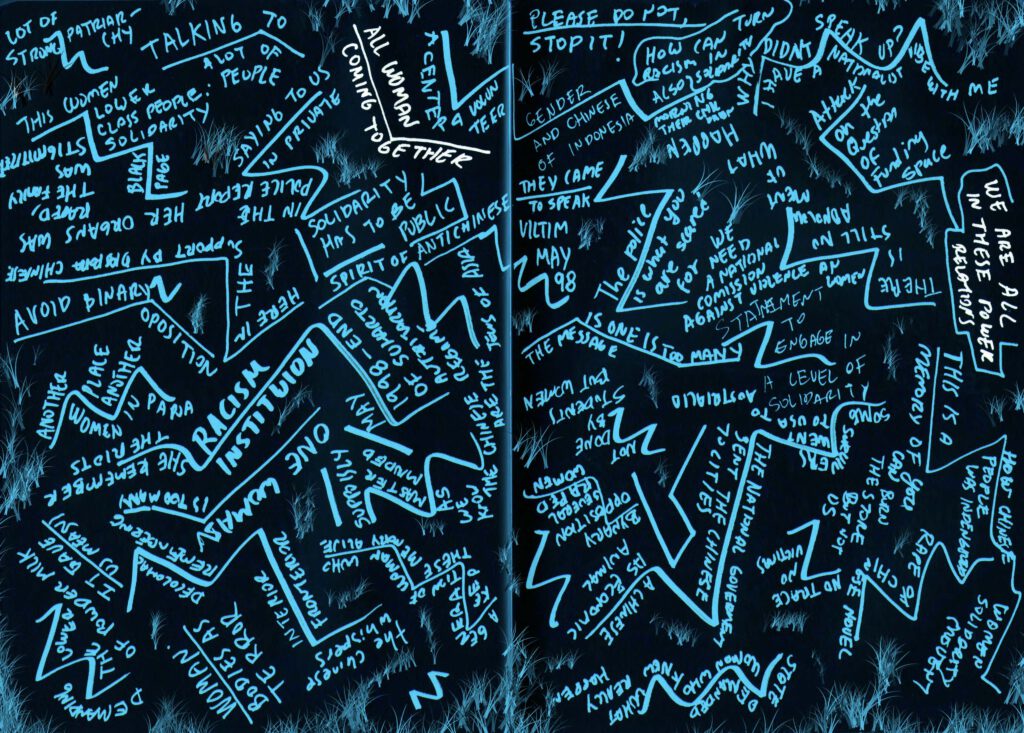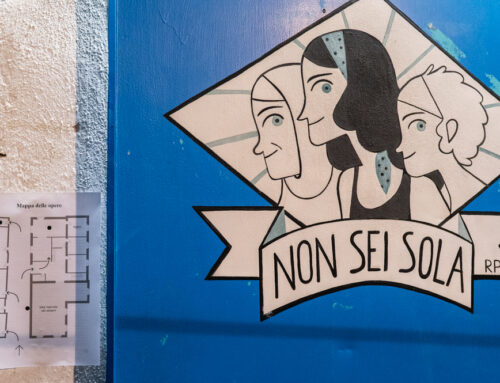Institutional Intersecting
Racisms and Solidarities
Melanie Budianta, Quinsy Gario, and Ann Laura Stoler
Harvest by Daniel Aguilar and Diana Cantarey
Hosted by Yazan Khalili
For this session, IMAGINART invited literary critic Melani Budianta, anthropologist Ann Laura Stoler, and scholar, artist, and activist Quinsy Gario to discuss intersecting forms of racism and solidarity. The topic was driven by the racist attacks and smear campaign that the lumbung community at documenta fifteen had to endure, dramatically impacting the overall development and reception of documenta fifteen. The panel moved from discussing institutional racism, slow violence, and ‘racecraft‘ to exploring practices of solidarity. The panel asked the following questions:
- How do we confront structural racism?
- How can we mobilize solidarity against racism?
- How to generatively connect different struggles?
Between storytelling and theoretical reflections, the three weaved these questions together based on their own experiences and theoretical outlooks. Budianta told the story of the mass, systematic, racialised rape perpetrated against Indonesian women of Chinese origins by groups likely organised by security forces in 1998. Survivors and women of other ethnic groups kept the memory of these events alive by coming together in the act of remembering against the state’s denial. Melanie proposed this practice of solidarity as refusal of structural racism.
Stoler examined the structures of dominance that makes it hard to see structural violence and disengage from it on historical, political, social, intimate, and bodily levels. Building on the notion of ‘racecraft’ by Karen and Barbara Fields, she explained how the slow, invisible violence of racism continues despite its instability. How is it that we know about racism and yet it still goes on? What are the conditions of possibility that facilitate racism to persist? For Stoler, it is not about ‘not knowing’, or ignorance but about rather actively ignoring this enduring presence. How do we look away?
Gario shared a poignant story about encountering ‘banal’ racist representations in Curaçao, a country in name only within the Kingdom of the Netherlands. There he found a stereotypically localised version of a typical Delft Blue pottery Dutch tourist souvenir: a male farmer and a woman kissing. But on Curaçao, the couple was Black, wore folkloric Curaçao attire and in contrast to the Dutch versions, that were also on sale in the store on Curaçao, they had no individualised facial traits. In a remarkable twist, the figurines were on sale because the line had been discontinued due to a lack of interest from buyers. He used these figurines to vividly demonstrate how racialised nation-state representations and racial capitalism reproduce themselves even in these tiny little trinkets.




